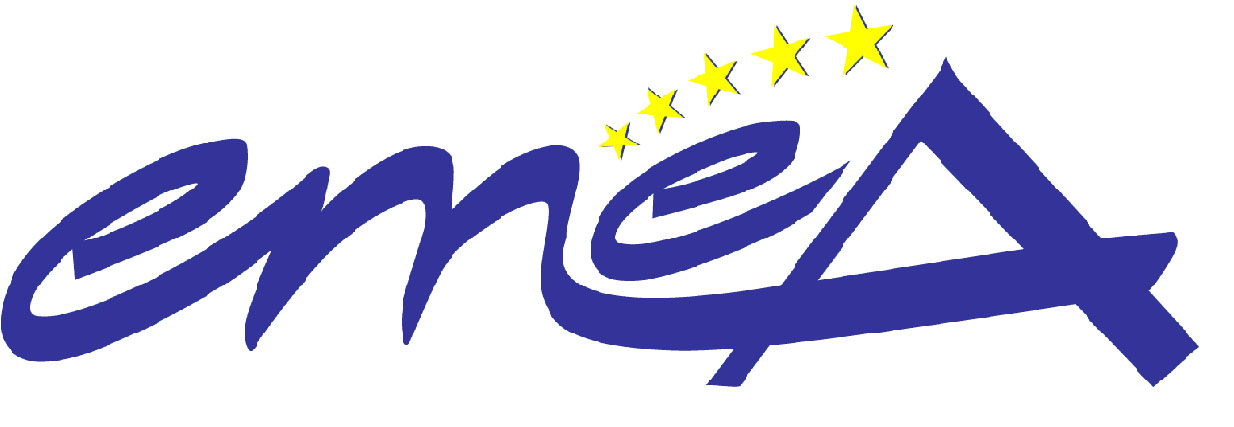 |
 |
 |
 |
FDA Home Page | Search
FDA Site
| FDA A-Z Index | Contact
FDA
![]()
 |
European Medicines Agency |
London, 7 April 2008
Doc. Ref.: EMEA/INS/178691/2008
Direct Line (44-20) 74188406
Outline of a pilot project to rationalise international GMP inspection activities
Background
The majority of international regulatory authorities are obliged by law to have systems in place to verify the GMP status of medicinal product manufacturers whose products are marketed on their territory. Most “developed” regulatory authorities ensure that these manufacturers on their territory are subject to routine GMP inspection. However, different approaches are taken to supervision of the manufacture of medicinal products outside a national territory, and to the supervision and inspection of active pharmaceutical ingredients. A number of countries have mutual recognition agreements (MRA) or memoranda of understandings (MOU) with other countries which allow them to rely on results from inspections performed by other countries. However these MRAs or MOUs are often limited in scope, and subject to certain restrictions. A large number of other international collaboration activities are also in place e.g (V) ICH, WHO prequalification scheme, specific bilateral arrangements between countries, cooperation with EDQM etc.)
Since the adoption of the ICH guideline on Quality Risk Management in 2005, the application of risk based approaches to the planning of inspections has increased in importance and there is increasing interest in additional international collaboration. Recently discussions with EU and US have focused on the possibility of administrative simplification between the regions, and discussions at the FDA international summit in November 2006 highlighted cooperation on inspections as a priority action area.
In May 2007, EMEA launched the first phase of its EudraGMP database, which in further releases will allow certain GMP information on inspections performed by all EEA member states, as well as from its MRA partners and other international partners to be accessible. A further release of this database includes a module for sharing inspection plans.
The European industry associations have also raised the issue of international duplication of inspection and associated resource on a number of occasions. According to industry sources, EU, US, FDA and Brazil are the most active regulators inspecting in third countries.
Objective of this paper
The objective of this paper is to outline a proposal for more coordinated international planning of inspections, taking into account risk based approaches, building on equivalent GMP standards and mutual confidence between international regulators.
Proposal
As an initial effort to improve international sharing of information and to facilitate more risk based approaches to inspection planning, it is proposed that a small group of interested regulators establish a pilot programme to coordinate inspection planning. This is based on the system currently operating in the EU where the EMEA outlines a yearly plan for centralised inspections and invites all Member States to contribute to this based on their own inspection plans.
Each regulator reserves the right to perform a dedicated “own” inspection, should they consider this necessary.
The basic idea is as follows:
Each regulator identifies a contact point specifically for inspection planning purposes. Regulators outline their preliminary inspection plans for the next 6-12 months. They provide this information to all other regulators involved in the pilot. A template for this information could be agreed. Following review of each others’ plans, they identify the following:
They communicate this information in a completed form to the other regulators involved.
Based on the information received and the common areas of interest identified, the regulatory contact points set up a teleconference to discuss further sites of interest.
The object of this teleconference is as follows:
1) to investigate the possibility that one of the parties would undertake to cover the activity of interest to the other part(ies)
2) to see whether a joint or coordinated inspection could be organised
3) to see if it is possible for one of the inspectorates to perform the planned inspection and to provide outcomes to the other interested inspectorates.
As part of the pilot phase it is proposed to restrict this exercise to inspections of active pharmaceutical ingredients, as most authorities already take a risk-based approach to these inspections and there are less legal complications to taking results of other regulators into account.
Collaboration with the inspectorate of the country where the inspection will take place should also be assured.
Confidentiality considerations
If the initial information sharing is restricted to certain basic information, it is anticipated that no commercially confidential information will be involved and therefore no concerns are expected.
If an interest is identified between two or more regulators, each party signs a confidentiality undertaking with respect to discussions concerning that site. Although not legally necessary, the company will be asked to sign an agreement allowing information to be shared between the parties concerned.
Duration of pilot phase and reporting
The pilot phase should last for 12 months after which the outcomes should be analysed and a recommendation for future action made.
Further developments
Following the outcome of the pilot phase, and on the assumption that it proves to be successful the following further extensions can be considered:
7 Westferry Circus, Canary Wharf, London, E14 4HB, UK
Tel. (44-20) 74 18 84 00 Fax (44-20) 74 18 85 95
E-mail: mail@emea.europa.eu http://www.emea.europa.eu
EMEA/INS/GMP/430438/2007 0.5, CURRENT
![]()